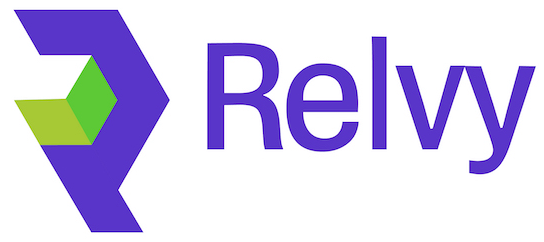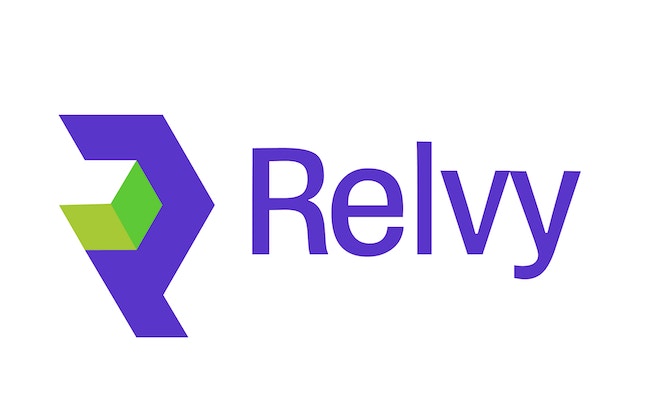Self-Hosting Guide - Deploy Relvy in your own cloud infrastructure with full control over data, security, and compliance requirements.
Self-Hosting Architecture
Relvy can be self-hosted in your own Kubernetes infrastructure. This guide focuses on AWS EKS as the primary platform, but Relvy can run on any Kubernetes cluster (GKE, AKS, or self-managed). The deployment uses Helm charts for simplified installation and management.Core Components
- Kubernetes Cluster Runs Relvy application workloads across multiple pods with automatic orchestration, scaling, and self-healing capabilities. Minimum requirement: 1 node with t3.xlarge (4 vCPU, 16 GB RAM).
- Managed PostgreSQL Database Stores application data, user information, and investigation artifacts with encrypted storage and automated backups. AWS RDS, Google Cloud SQL, or Azure Database for PostgreSQL recommended.
Kubernetes Workloads
The Relvy Helm chart deploys the following components:- Web Deployment Flask application with Gunicorn serving HTTP requests. Handles user interactions and API endpoints.
- Celery Worker Deployment Background task processing for AI analysis, integrations, and asynchronous operations.
- Celery Beat Deployment Scheduled task scheduler for periodic maintenance and automated workflows.
- Redis Deployment Message broker and caching layer for Celery task queue and application cache.
Optional Components
- Slack App (Optional) Enables incident response workflows through slash commands, event subscriptions, and interactive messages in Slack channels.
- GitHub App (Optional) Enables code-aware root cause analysis by allowing Relvy to search and read your source code repositories during incident investigations.
Self-Hosting Phases
The self-hosting process is organized into logical phases to ensure a smooth and successful setup:1
Kubernetes Cluster SetupCreate or configure a Kubernetes cluster (EKS, GKE, AKS) with required add-ons and PostgreSQL database
2
Domain & SSL ConfigurationRequest SSL certificate and configure DNS records for secure HTTPS access
3
Slack & GitHub Integration (Optional)Create Slack app and/or GitHub app for enhanced incident response and code analysis
4
Deploy Relvy with HelmObtain a license key and use Helm charts to deploy Relvy workloads to your Kubernetes cluster
5
Initial Setup - Authentication & SSOSet up user authentication, SSO integration, and create initial user accounts
6
Configure Relvy - Data SourcesConnect observability data sources and configure investigation workflows
7
Start InvestigationBegin using Relvy for incident response and automated investigation workflows
System Requirements
Kubernetes Cluster Resources
| Component | Specification | Purpose |
|---|---|---|
| Kubernetes Cluster | 1+ node, t3.xlarge (4 vCPU, 16 GB RAM) | Relvy application workloads |
| Kubernetes Version | 1.20 or higher | Core platform |
| PostgreSQL Database | db.t3.medium (2 vCPU, 4 GB RAM) or equivalent | Application database |
| Storage | 100 GB database storage | Data persistence |
| AWS Load Balancer Controller | Required for EKS (installed separately) | Automatic ALB provisioning for Ingress |
Software Requirements
- kubectl: Kubernetes command-line tool (1.20+)
- Helm: Package manager for Kubernetes (3.0+)
- eksctl (AWS) or gcloud (GCP) or az (Azure): Cloud provider CLI tools
- PostgreSQL Client: For database connectivity testing
Network Requirements
- Public Domain: A domain name for SSL certificate and application access
- DNS Management: Access to configure DNS records
- Internet Connectivity: For package downloads and Docker image pulls
Security Groups
The self-hosting setup uses three security groups to control network access:| Security Group | Purpose | Inbound Rules | Outbound Rules |
|---|---|---|---|
| ALB Security Group | Load balancer access | HTTP (80), HTTPS (443) from internet | HTTP (80) to app instances |
| App Security Group | Application server access | HTTP (80) from ALB, SSH (22) from your IP | HTTPS (443), HTTP (80), DNS (53), PostgreSQL (5432) to DB |
| Database Security Group | Database access | PostgreSQL (5432) from app instances | None |
Next Steps
Before proceeding with the self-hosting setup, ensure you have:- ✅ Domain Management Access - Control over your domain’s DNS settings
- ✅ Cloud Platform Access - AWS, GCP, or Azure account with Kubernetes capabilities
- ✅ Kubernetes Knowledge - Familiarity with pods, deployments, services, and kubectl
- ✅ Helm Experience - Understanding of Helm charts and values files
- ✅ License Key - Contact Relvy ([email protected]) to obtain your license key for product usage
Note on License Key - While you can deploy and test your infrastructure without a license key, a valid license is required for users to login and use Relvy. Request your license key early in the setup process.
Ready to get started? Proceed to Prerequisites to review all requirements in detail.
